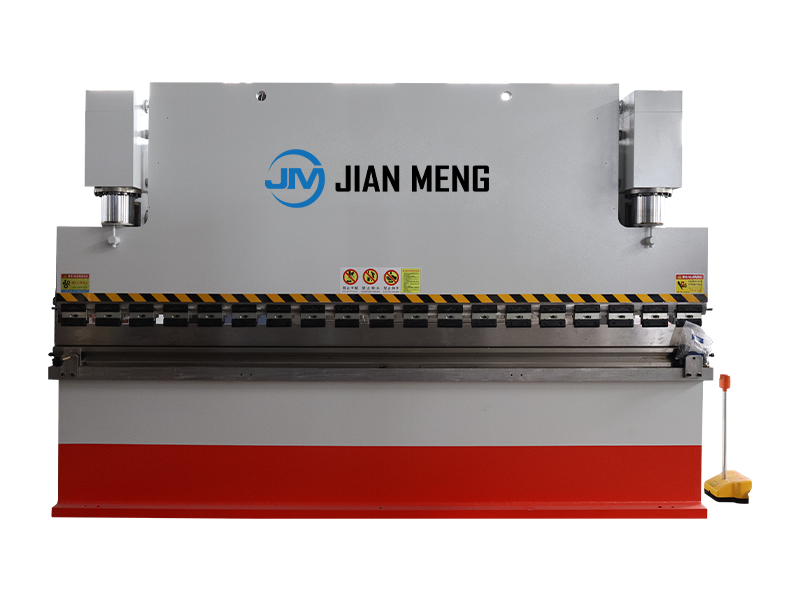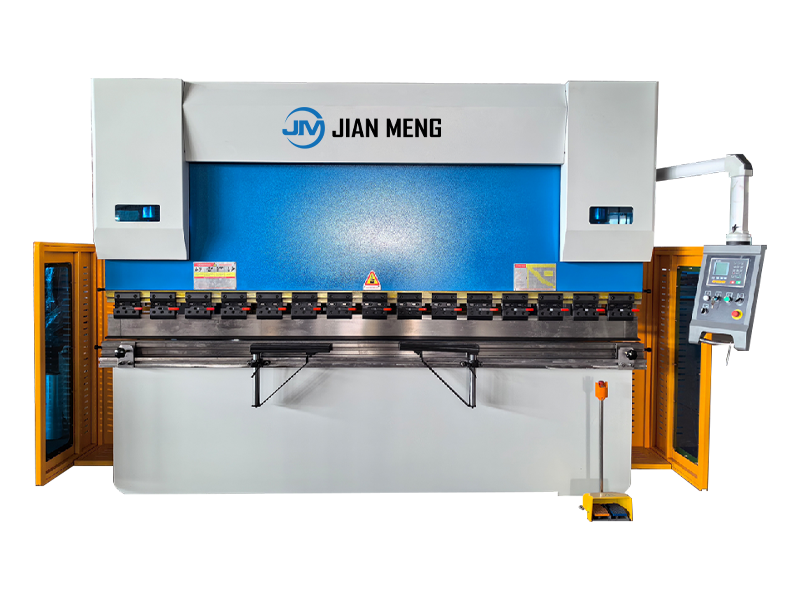Selecting optimal metal forming solutions is a pivotal decision in manufacturing, as it directly dictates part quality (e.g., structural integrity, dimensional accuracy), production efficiency (cycle time, material yield), and total cost of ownership (TCO)—from tooling investment to post-processing. This decision is non-trivial across use cases: whether developing low-volume prototypes for aerospace components, scaling high-volume automotive parts, or fabricating precision medical devices. Below is a structured, technical analysis of metal forming fundamentals, process classification, selection criteria, and advanced technologies to guide data-driven decision-making.
Metal forming is a plastic deformation process that reshapes metallic workpieces (sheets, bars, tubes, or billets) using mechanical force—without adding/removing material—into net-shape or near-net-shape components. Its core advantage lies in preserving material integrity (e.g., grain flow alignment, which enhances tensile strength) compared to subtractive processes (e.g., machining). Key principles governing forming success include:
- Formability: A material’s ability to deform without cracking, quantified by metrics like elongation at break (e.g., aluminum 6061-T6 has ~10% elongation, suitable for moderate forming; low-carbon steel 1018 has ~25%, ideal for deep drawing).
- Flow Stress: The force required to initiate plastic deformation (varies with temperature—e.g., hot forming reduces flow stress for high-strength steels like AHSS).
- Strain Distribution: Uniform stress/strain during forming prevents defects (e.g., wrinkling in drawing, springback in bending).
2. Classification of Metal Forming Processes
Metal forming processes are categorized by workpiece geometry, deformation mechanism, and temperature. Below is a technical breakdown of core processes, their operating principles, and industrial applications:
2.1 Sheet Metal Forming (for flat, thin-gauge materials: 0.1–10 mm thick)
Focused on reshaping sheet metal into 3D structures; critical for automotive, HVAC, and consumer electronics.
- Bending: Deforms metal along a linear axis, with three primary techniques:
- Air Bending: Uses partial die contact to achieve variable angles (e.g., 90°–135°) with minimal tooling changes; typical tolerance: ±0.1 mm for precision applications.
- Bottoming: Full die contact for fixed angles; higher force than air bending but better repeatability (tolerance: ±0.05 mm).
- Coining: Extreme pressure (1,000–3,000 MPa) to embed die details (e.g., logos); used for high-precision parts like electrical contacts.
- Stretching: Pulls sheet metal over a punch to increase surface area; requires uniform strain to avoid necking (localized thinning). Applied to automotive body panels (e.g., hoods) and aircraft skins.
- Drawing: Pulls a sheet metal blank into a closed die cavity; classified by depth:
- Shallow Drawing (depth < blank diameter): Used for washers, pans.
- Deep Drawing (depth > blank diameter): Produces cylindrical/hollow parts (e.g., cans, hydraulic cylinders); requires draw beads to control material flow and prevent wrinkling.
2.2 Precision Bulk Forming (for thick-gauge materials: >10 mm; bars, billets)
Used for high-strength, load-bearing components; prioritizes structural integrity over surface finish.
- Forging: Shapes metal via localized compressive force; categorized by temperature:
- Hot Forging (600–1,200°C, depending on alloy): Reduces flow stress for hard metals (e.g., titanium, alloy steel); used for crankshafts, turbine blades.
- Cold Forging (room temperature): Delivers tight tolerances (±0.02 mm) and smooth surfaces; ideal for fasteners (bolts, nuts) and medical implants.
- Stamping: A high-volume, multi-operation process (punching, blanking, embossing) using progressive dies; cycle times up to 500 parts per minute (ppm). Critical for automotive seat frames, electrical connectors.
2.3 Specialized Forming Processes
Address niche needs (e.g., complex geometries, exotic materials):
- Casting: Note: While technically a material deposition process (not plastic forming), it is often included for complex shapes (e.g., engine blocks) where forming is impractical. Uses molten metal poured into molds; limited precision (tolerance: ±0.5–1 mm) but low tooling cost for low-volume runs.
3. Critical Selection Criteria for Metal Forming Solutions
Technical and economic factors must be weighted to align processes with project goals. Below is a quantitative framework:
| Criteria | Technical Considerations |
|-----------------------------|---------------------------------------------------------------------------------------------|
| Material Properties | - Ductility: Low-ductility metals (e.g., magnesium) require hot forming; high-ductility (e.g., copper) suit cold forming.<br>- Flow stress: High-strength alloys (e.g., Inconel) need hydraulic/pneumatic force (vs. mechanical for low-carbon steel). |
| Part Complexity | - Simple geometries (e.g., brackets): Bending/stamping (low tooling cost).<br>- Complex shapes (e.g., automotive exhaust manifolds): Hydroforming or forging (better strain distribution).<br>- Hollow structures: Tube hydroforming (avoids welding seams). |
| Production Volume | - Low volume (<1,000 parts): Manual bending or casting (minimal tooling investment).<br>- Medium volume (1,000–100,000 parts): Hydraulic presses (balanced cost/speed).<br>- High volume (>100,000 parts): Progressive stamping or roll forming (cycle times >100 ppm). |
| Precision Requirements | - Tolerance <±0.05 mm: Cold forging, precision stamping, or CNC bending.<br>- Tolerance ±0.1–0.5 mm: Air bending, hot forging.<br>- Tolerance >±0.5 mm: Casting or manual forming. |
| Cost Drivers | - Tooling cost: Stamping dies ($50k–$500k) vs. bending dies ($5k–$20k).<br>- Material yield: Forming (90–95% yield) vs. machining (60–70% yield).<br>- Cycle time: Stamping (100+ ppm) vs. forging (5–10 ppm). |
4. Advanced Metal Forming Technologies
Emerging technologies address limitations of traditional processes (e.g., complex geometries, material waste):
4.1 Hydroforming
Uses high-pressure hydraulic fluid (10–100 MPa) to press material into dies; two variants:
- Sheet Hydroforming: Forms complex sheet parts (e.g., automotive door inners) with uniform thickness (reduces wrinkling vs. drawing).
- Tube Hydroforming: Shapes metal tubes into 3D structures (e.g., automotive chassis rails) without seams, improving structural rigidity.
4.2 Roll Forming
A continuous process where sheet metal passes through progressive roll sets to form consistent cross-sections (e.g., C-channels, metal roofing). Advantages:
- Unlimited part length (vs. press braking, which is limited by bed size).
- Low material waste (95+% yield) and high speed (up to 30 m/min).
4.3 Additive Manufacturing (AM) for Metal Forming
While AM is a deposition process, it complements forming via hybrid manufacturing:
- 3D print near-net-shape preforms (e.g., topological optimized brackets) to reduce forming force and material use.
- Print tooling (e.g., custom dies for low-volume forming) to cut lead times from weeks to days.
- Directly print complex parts (e.g., medical implants) that are impossible to form via traditional methods.


 English
English  中文
中文  Arabic
Arabic  Russian
Russian  Spanish
Spanish  Portuguese
Portuguese  French
French  German
German  Hindi
Hindi  Thai
Thai  Vietnamese
Vietnamese  Khmer
Khmer  Italian
Italian  Turkish
Turkish  Korean
Korean  Belarusian
Belarusian 




